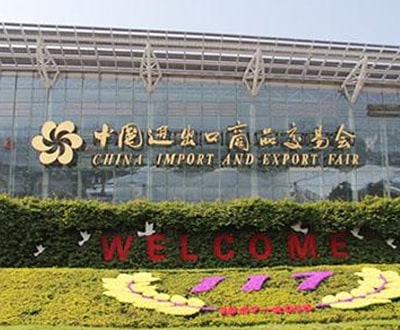The Evolution of Spinach Flow Packaging Machines- From Manual to Automated
The Evolution of Spinach Flow Packaging Machines: From Manual to Automated:
Spinach flow packaging machines have undergone a remarkable evolution over the years, transforming from rudimentary manual devices to highly automated systems. This article explores the journey of these machines, highlighting the key advancements that have revolutionized the spinach packaging industry.
Manual Packaging: The Humble Beginnings
In the early days, spinach flow packaging was a predominantly manual process. Workers would manually feed spinach leaves into a small packaging machine that would create a simple flow wrap. This method was slow, labor-intensive, and prone to errors, often resulting in inconsistent package quality.
Semi-Automated Machines: A Step Towards Efficiency
As the demand for packaged spinach increased, semi-automated machines emerged to improve efficiency. These machines introduced conveyor belts to transport spinach leaves, allowing for a more continuous flow. Additionally, they included electronic controls to regulate the packaging process, reducing manual intervention and increasing accuracy.
Automatic Spinach Flow Packaging Machines: A Quantum Leap
The advent of fully automatic spinach flow packaging machines marked a significant milestone. These machines integrated advanced technologies, such as vision systems, robotics, and high-speed conveyors, to automate the entire packaging process. They could automatically detect and reject damaged leaves, adjust packaging parameters based on spinach characteristics, and create precise and consistent flow wraps at high speeds.
Increased Productivity
Automatic spinach flow packaging machines significantly increased productivity. By eliminating the need for manual labor, manufacturers could package spinach faster and with greater accuracy. The machines’ ability to operate continuously reduced downtime and allowed for 24/7 production, maximizing output.
Improved Quality Control
Vision systems and other advanced technologies in automatic machines enabled thorough quality control. The machines could identify and reject spinach leaves that did not meet predetermined quality standards, ensuring the delivery of only premium-quality produce to consumers.
Labor Savings
The automation of the spinach packaging process resulted in substantial labor savings. Manufacturers could reduce their workforce, freeing up personnel for other value-added tasks. This cost-saving advantage contributed to increased profitability.
Enhanced Hygiene
Automatic spinach flow packaging machines are designed with sanitary components and surfaces to prevent cross-contamination. The closed packaging environment and reduced human handling minimized the risk of microbial contamination, ensuring the safety and freshness of the packaged spinach.
The evolution of spinach flow packaging machines from manual to automated has revolutionized the spinach packaging industry. These machines have increased productivity, improved quality control, reduced labor costs, and enhanced hygiene, leading to significant benefits for manufacturers and consumers alike. As technology continues to advance, we can expect even more innovative and efficient spinach flow packaging solutions in the future.
-
 01
01Further Discussion About Protein Bar Packing Machinery
27-02-2024 -
 02
02Sustain The Best Crispy With Automatic Packaging Machines
29-01-2024 -
 03
03Bread Packing Machine For Bakery Business
19-01-2024 -
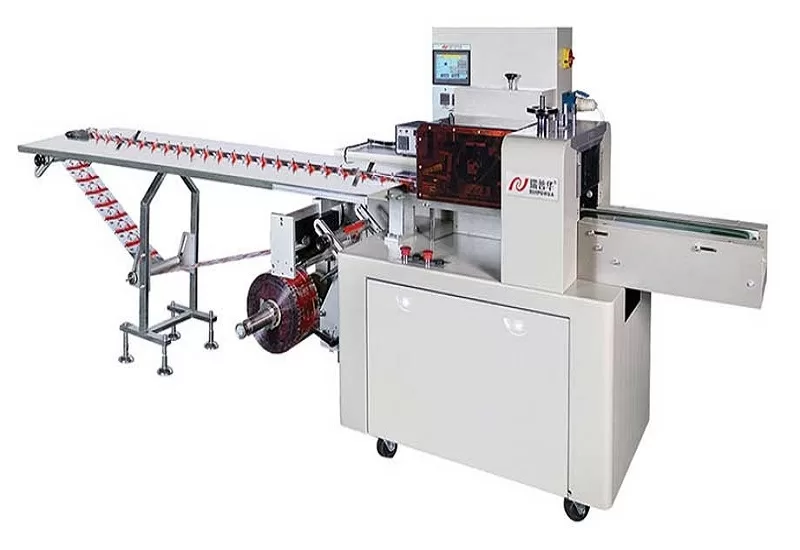 04
04How Flow Wrappers Are Adapting to Changing Trends
01-11-2023 -
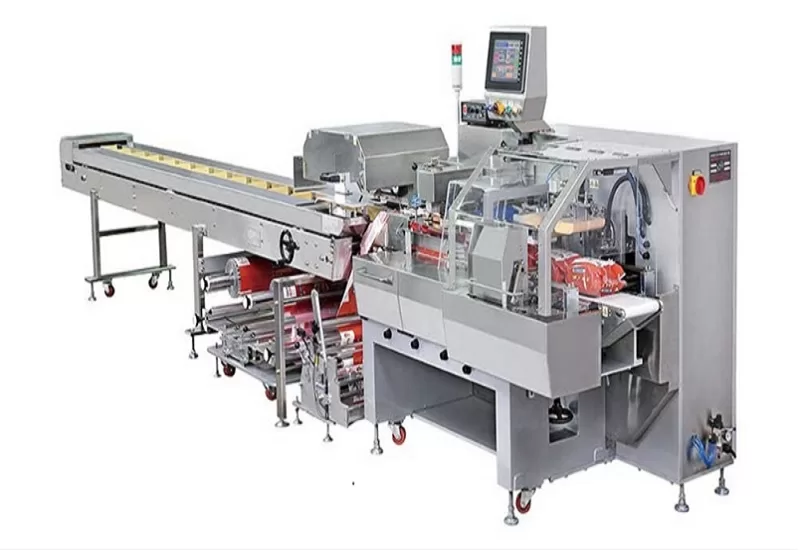 05
05The Comprehensive Guide to Packaging Machinery
31-10-2023 -
 06
06Automatic Cookie Packaging System Performance
01-09-2023 -
 07
07Streamlining Biscuit Packaging with Multipack Biscuit Packaging Machines
25-08-2023 -
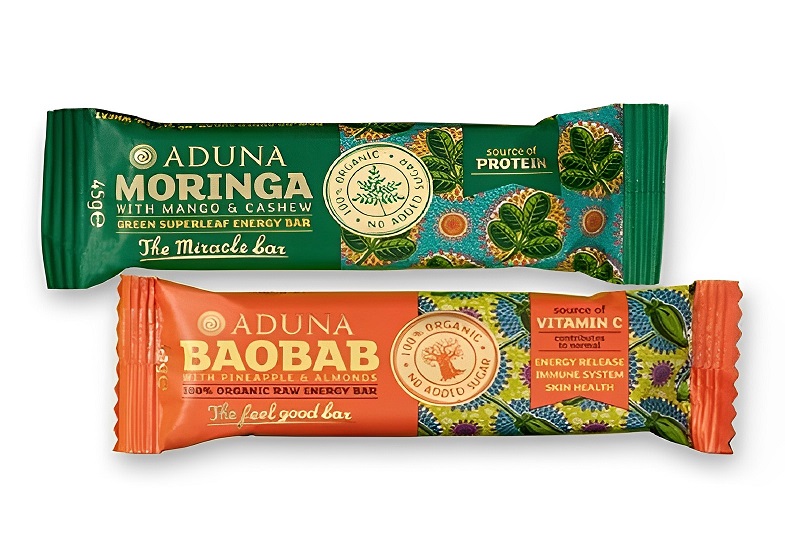 08
08From Assembly To Shipping: The Energy Bar Packaging Machine Does All
28-02-2023 -
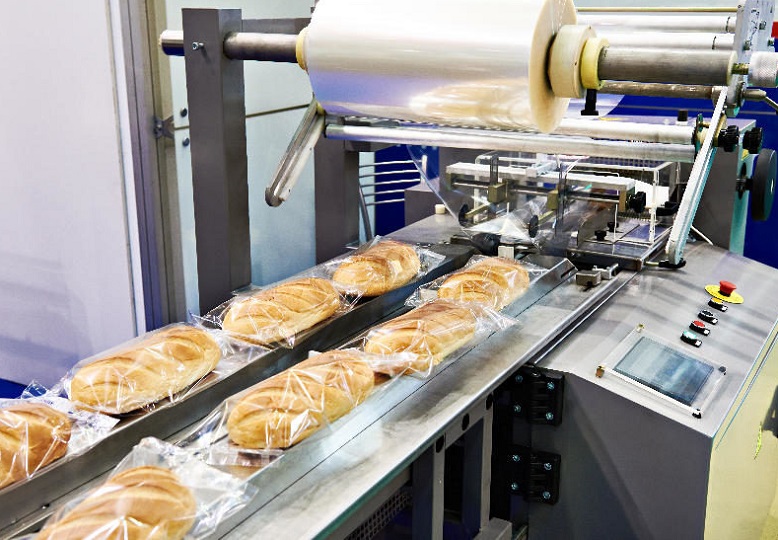 09
09Maximizing Efficiency With Food Packaging Machine Technology
22-02-2023 -
 10
10Clients Hunt For Professional And Functional Packaging Machine
10-11-2022




